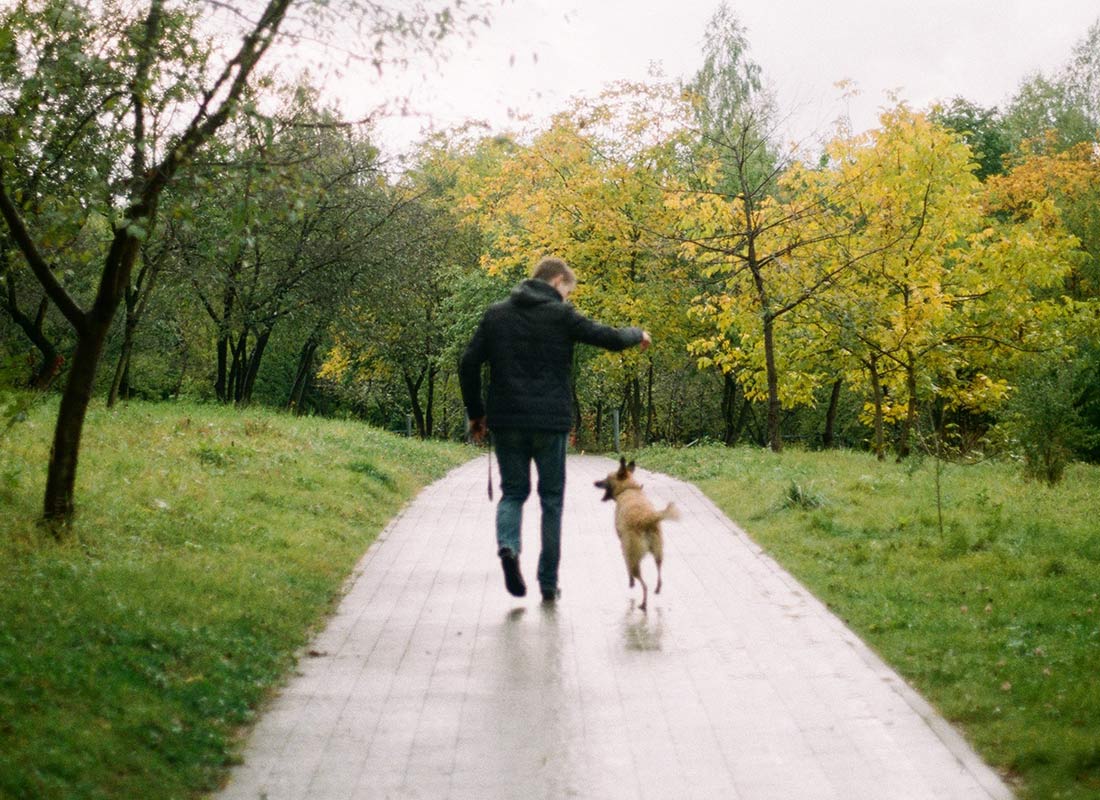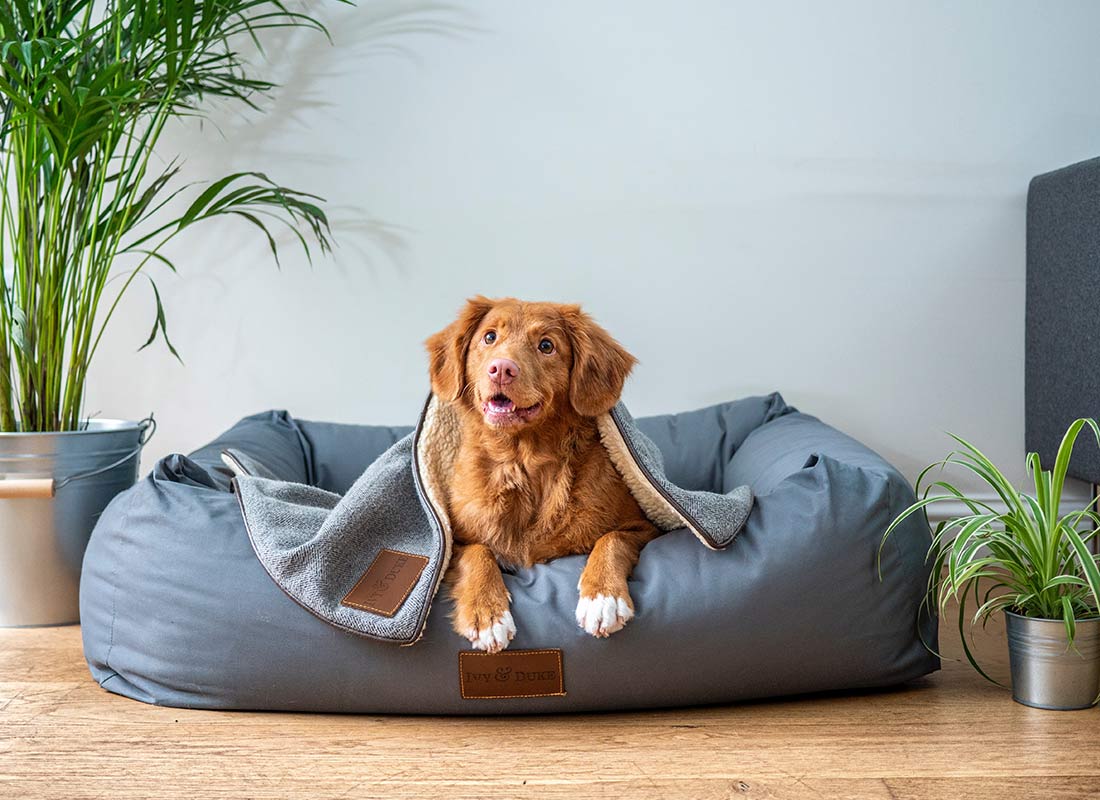[vc_row][vc_column][vc_column_text css=””]
After more than a year of WFH, your pets may be anxious about not having you around 24/7
[/vc_column_text][/vc_column][/vc_row][vc_row][vc_column][vc_column_text css=””]
We all wish we could bring our pets back to the office with us, but that may not be the reality for some. Heading back into the office means less R&R time with your favourite fluffier half and you’re not the only one who got used to the mid-day play breaks. Read on to manage your pet’s anxiety when you’re back to work.
[/vc_column_text][vc_column_text css=””][vc_column_text css=””]
What anxiety looks like.
You may notice your dog is pacing in and out of the room when you’re packaging your lunch or your cat won’t eat their breakfast. Looking for changed behaviours is a good indication of their anxious tendencies.
Dogs
Accidents inside the house, Panting, Destructive behaviour, Excessive barking.
Cats
Spraying, Change in sleeping or eating, Hiding, Aggressive behaviour, Excessive grooming, Excessive vocalization, Destructive behaviour.
Bold practices for calmer pets.
There are things you can start doing now before going back to work to help ease your pet’s anxieties and keep them comfortable.
Leave the house more frequently, adding more time every outing. This will let them get used to being gone for longer periods of time.
Don’t make a big fuss when leaving. Your pet will feed off your emotions. Be calm, say a simple goodbye and head out the door.
Bring back their old routines. Go back to their original walk and feeding times and avoid adding in extra play time or walking while you’re still at home working. Hard for now but better for their wellbeing in the long run.
[/vc_column_text][vc_row_inner content_placement=”middle”][vc_column_inner width=”1/2″][vc_column_text css=””]
Take long walks every day before work.
Your dogs need structure and routine for their wellbeing. Bold bonus: They’re most likely to be tired out after their walk, they’ll be too tired to miss you.
Create a safe space for your pet. Make a corner for your dog’s bed, put the cat bed on the windowsill. If you plan to crate your pet while away, practice while you’re home. You want to ensure the crate is their safe space, not a punishment.[/vc_column_text][/vc_column_inner][/vc_row_inner][vc_row_inner content_placement=”middle”][vc_column_inner width=”1/2″][vc_column_text css=””]
The payoff.
You and your pet will be excited to see each other when you get home. Practice good behaviour skills and only greet your pet when they’ve settled.[/vc_column_text][/vc_column_inner][vc_column_inner width=”1/2″][vc_column_text css=””]
Going back to work will be an adjustment for everyone but with a few of these practices implemented, your pet can have some peace of mind while your away.
[/vc_column_text][/vc_column][/vc_row]












